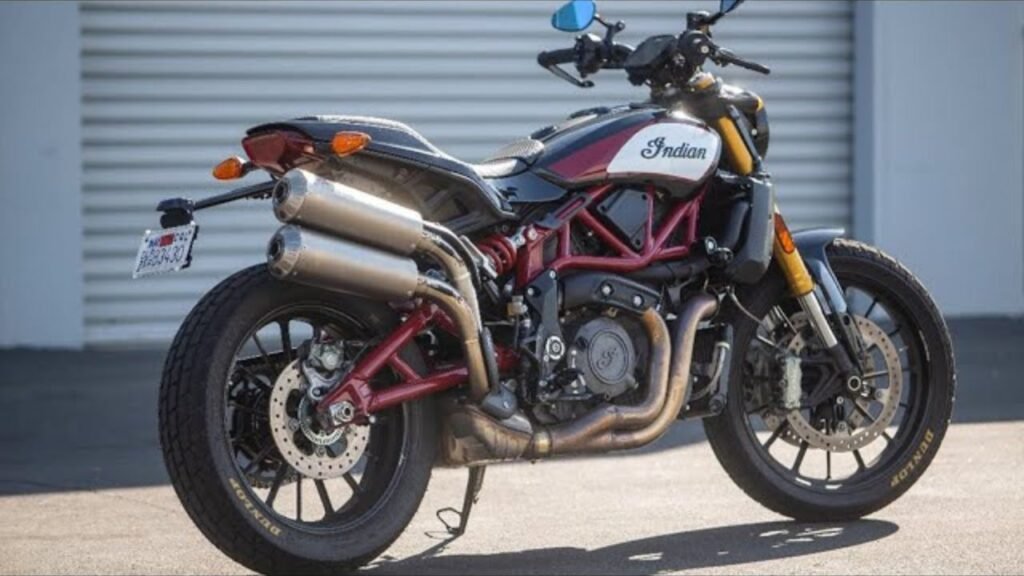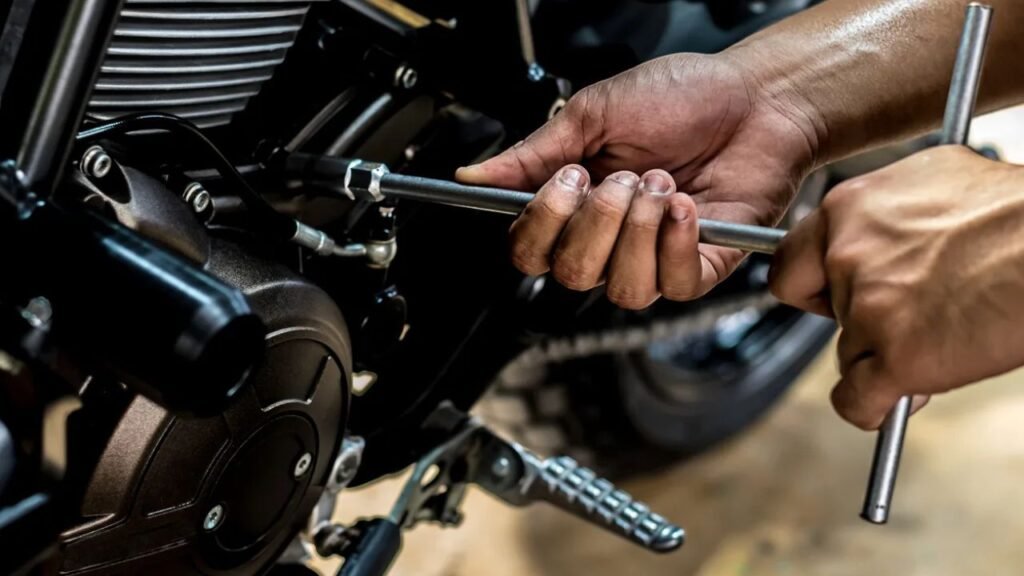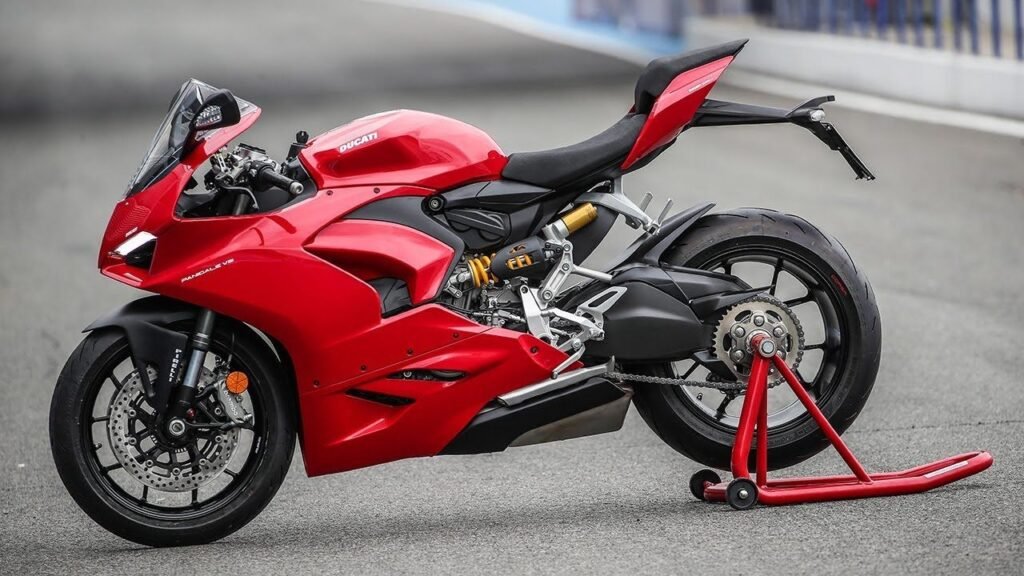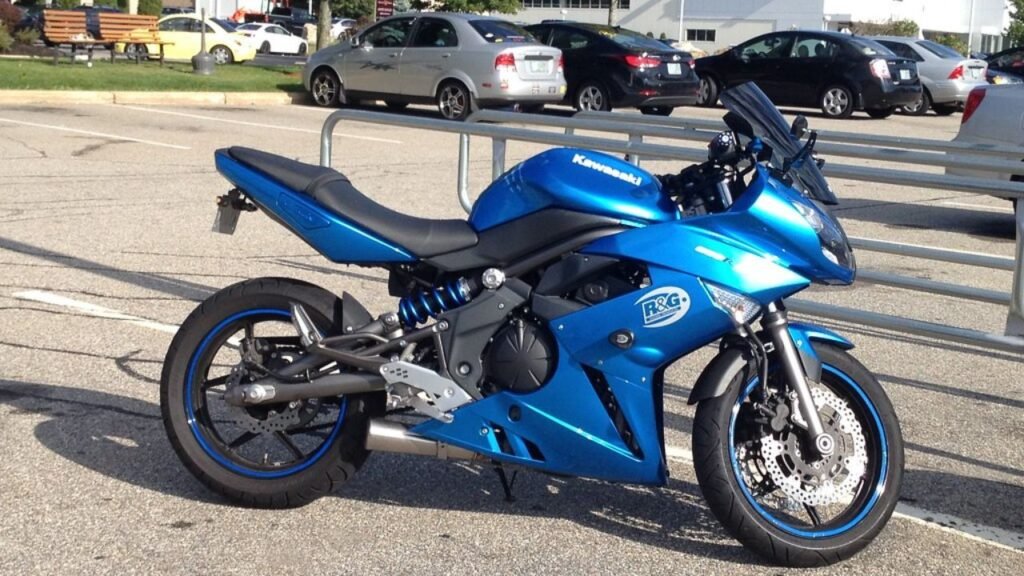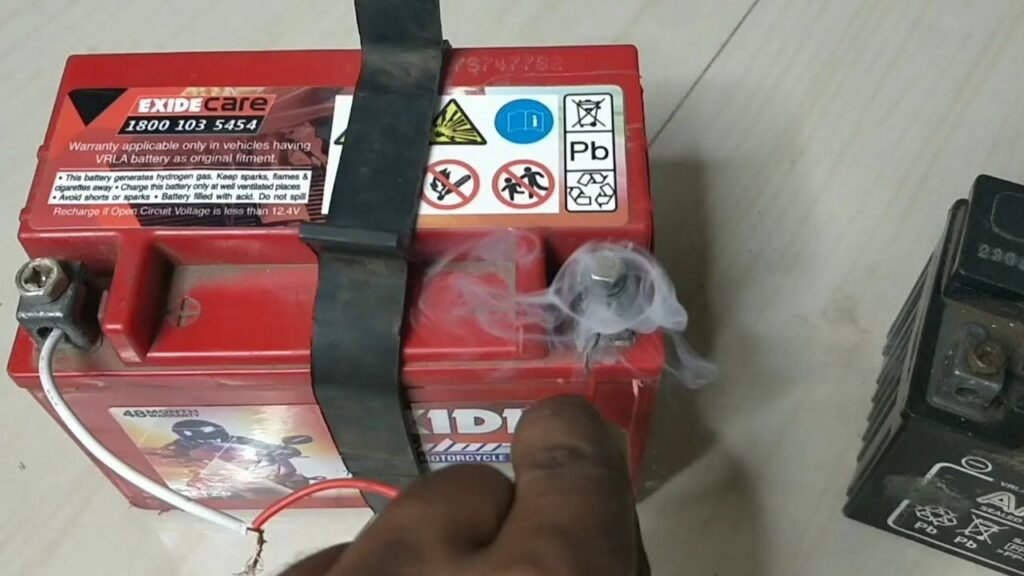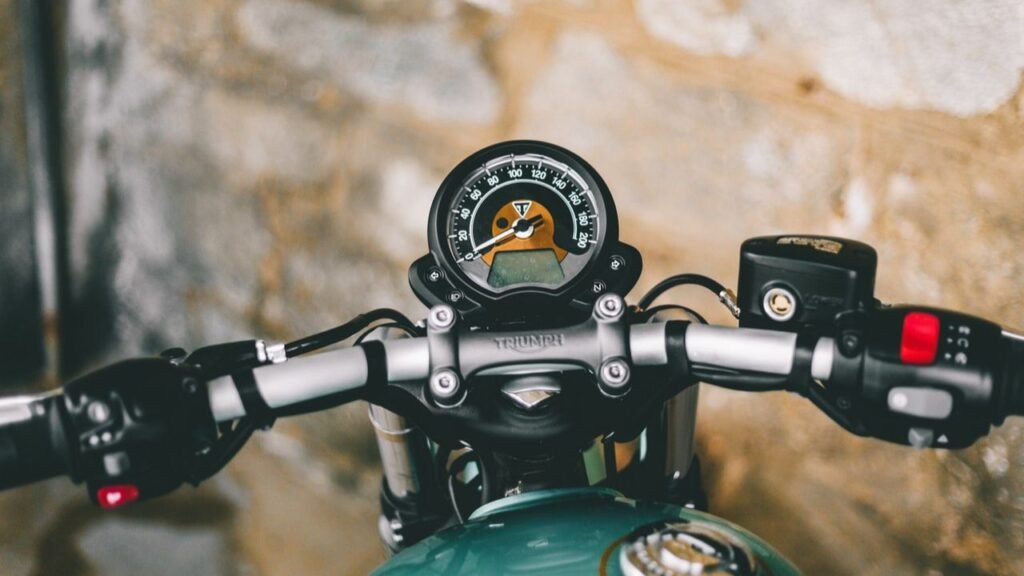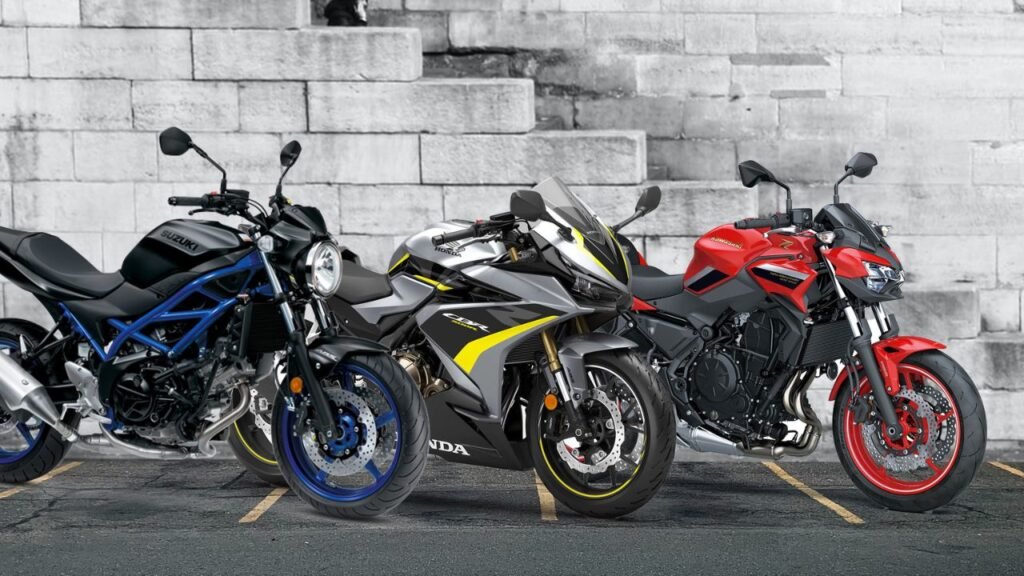Blog
How to Maintain Your Kawasaki KZ650 for Peak Performance
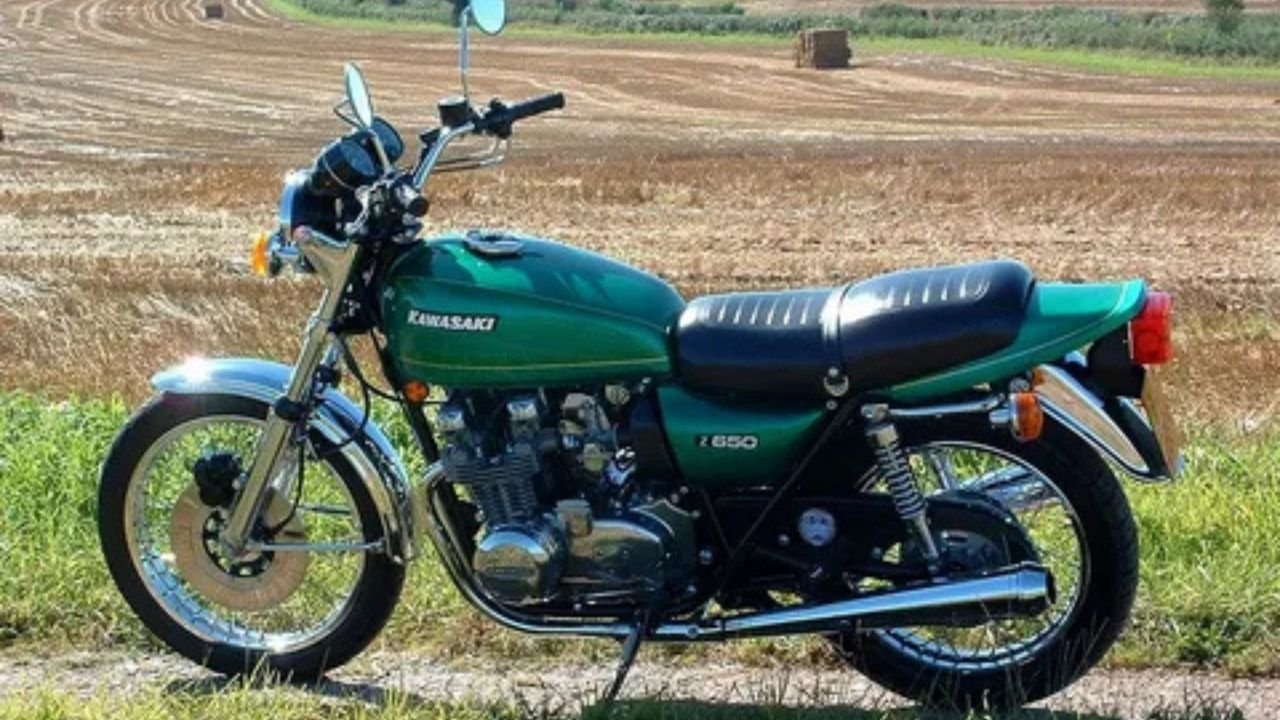
The Kawasaki KZ650, a classic motorcycle from the late 1970s, is celebrated for its reliability, smooth performance, and timeless design. Known as the “middleweight superbike,” it offers an impressive balance of power and handling, making it a favorite among vintage bike enthusiasts. However, like any motorcycle, the KZ650 demands regular maintenance to perform at its best and preserve its longevity. Proper care not only ensures consistent performance but also prevents costly repairs and extends the life of the bike’s engine, transmission, and electrical systems.
This blog post aims to provide a comprehensive maintenance guide for Kawasaki KZ650 owners. From routine checks to advanced upkeep tips, we’ll cover everything you need to keep your bike in peak condition. Whether you’re a new owner or a seasoned rider, this guide will help you understand the essentials of maintaining this legendary machine for years of smooth and reliable rides.
Understanding the Kawasaki KZ650 Models
The Kawasaki KZ650, produced from the late 1970s to the early 1980s, is a classic middleweight motorcycle renowned for its balance of performance, reliability, and style. Understanding the models, specifications, and common issues associated with these vintage bikes helps enthusiasts and collectors maintain them effectively.
Overview of Different Models
1. Kawasaki KZ650B
The KZ650B, introduced in 1976, was the first in the KZ650 lineup. It featured a four-cylinder, air-cooled, DOHC engine and a sleek standard design. Its reliability and performance made it a favorite among riders looking for a versatile street bike with moderate maintenance needs.
2. Kawasaki KZ650C
The KZ650C followed as a custom version of the B model, offering a more stylish appearance. It had upgraded aesthetics, such as a stepped seat and different handlebars, making it appealing for riders wanting a personalized touch without compromising performance.
3. 1977 Kawasaki KZ650B
The 1977 KZ650B retained most features of the debut model but introduced minor refinements, such as improved carburetor tuning for smoother throttle response and slight adjustments to the suspension for better ride quality.
4. 1978 Kawasaki KZ650
The 1978 model represented the peak of the early KZ650 series, with better tuning, enhanced braking performance, and refined styling. It became a top choice for riders seeking a balance of sportiness and comfort.
B. Key Specifications and Features of the 1978 KZ650
The 1978 Kawasaki KZ650 featured a 652cc, inline-four, air-cooled engine producing around 62 horsepower at 8,500 RPM, allowing speeds close to 120 mph. It came with a five-speed transmission for smooth gear changes and a chain-drive system for reliable power delivery. The bike had front disc brakes and a rear drum brake, ensuring solid stopping power. With a weight of approximately 465 lbs, it maintained a nimble yet stable ride. The combination of 19-inch front and 18-inch rear wheels, along with a sturdy suspension system, provided excellent handling on city streets and highways.
C. Common Issues Faced by KZ650 Owners
Despite its reputation for durability, the KZ650 is not without issues. One common problem is carburetor clogging, especially if the bike sits unused for long periods. Electrical problems, such as faulty wiring or weak stators, can also occur due to the aging components. Owners often report oil leaks, typically from worn gaskets or seals, and cam chain tensioner wear, which can lead to engine noise if not addressed promptly. Additionally, maintaining the proper valve clearance is essential for optimal performance. Regular maintenance and using quality replacement parts can help keep these issues at bay, ensuring the KZ650 remains a reliable classic for years to come.
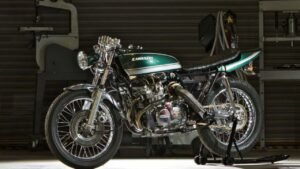
Essential Maintenance Tasks
Keeping your Kawasaki KZ650 in excellent condition requires consistent maintenance. Regular attention to the engine oil, chain, and braking system ensures smooth performance, safety, and longevity of the bike.
A. Regular Oil Changes
1. Recommended Oil Types and Intervals
Using the right oil is critical for the KZ650’s four-cylinder engine. A high-quality 10W-40 motorcycle-specific oil is ideal for most weather conditions, while 20W-50 can be used in hotter climates. It’s recommended to change the oil every 3,000 miles or every six months, whichever comes first. Consistent oil changes keep the engine lubricated, reduce wear, and prevent overheating.
2. Steps for Changing Oil and Oil Filter
To perform an oil change, first warm up the engine for a few minutes to thin the oil. Place the bike on a stable stand, then remove the drain plug under the engine and let the oil drain completely. Next, replace the oil filter, ensuring the gasket is properly seated. Reinstall the drain plug securely and refill with the recommended oil to the proper level. Start the engine briefly, then check for leaks and adjust the level if needed.
B. Chain Maintenance
1. Importance of Chain Lubrication and Tension
A properly maintained chain ensures smooth power delivery and extends the lifespan of both the chain and sprockets. Without regular lubrication, the chain can rust, stretch, or snap, leading to unsafe riding conditions. Proper tension also prevents unnecessary wear and improves handling.
2. How to Clean and Adjust the Chain
Start by cleaning the chain with a motorcycle-safe degreaser and a soft brush to remove grime and dirt. After cleaning, dry the chain and apply high-quality chain lube, focusing on the inner links. For tension, measure the slack at the midpoint of the chain. Ideally, there should be about 1-1.5 inches of play. Adjust the rear axle nuts to tighten or loosen the chain evenly, ensuring the rear wheel remains aligned.
C. Brake System Upkeep
1. Checking Brake Fluid Levels and Condition
Brake fluid is vital for responsive braking. Check the fluid level in the reservoir regularly and inspect its color. If it appears dark or contaminated, it’s time to replace the fluid. Typically, brake fluid should be changed every two years to maintain optimal braking performance.
2. Inspecting Brake Pads and Rotors
Worn brake pads can compromise safety. Inspect the pads for wear—if the friction material is less than 2mm, replace them immediately. Also, check the brake rotors for grooves, warping, or uneven wear. Smooth and clean rotors paired with fresh pads ensure consistent and reliable stopping power, keeping your rides safe and controlled.
Seasonal Maintenance Tips
Proper seasonal maintenance is key to keeping your Kawasaki KZ650 in excellent condition year-round. Preparing for winter storage and performing a thorough spring check-up will help extend the bike’s life and ensure safe, smooth rides.
A. Preparing for Winter Storage
1. Steps to Winterize Your KZ650
If you won’t be riding your KZ650 during the colder months, winterizing your bike is essential. Start by cleaning the motorcycle thoroughly, removing dirt and debris to prevent corrosion. Next, change the engine oil and filter; fresh oil prevents sludge and protects engine parts during storage. Fill the fuel tank and add a fuel stabilizer to prevent the gas from breaking down. Run the engine for a few minutes to circulate the treated fuel. Lubricate the chain and moving parts to prevent rust, then store the bike in a dry, covered area or use a quality motorcycle cover.
2. Importance of Battery Maintenance
The battery is often the first component to suffer during long storage periods. Disconnect the battery and keep it in a cool, dry place. Using a trickle charger or battery tender ensures the battery stays charged without overcharging. Proper battery care helps avoid issues like dead cells or corrosion when it’s time to ride again.
B. Spring Check-Up
1. Pre-Ride Inspections After Winter
When spring arrives, it’s time to wake up your KZ650. Start by removing the cover and checking for any signs of rust, leaks, or damage that may have occurred during storage. Reconnect the battery, ensuring the terminals are clean and secure. Inspect all electrical systems, including lights, horn, and indicators, to confirm they’re functioning properly before hitting the road.
2. Essential Fluid Checks and Tire Inspections
Before riding, check all fluids: engine oil, brake fluid, and coolant, if applicable. Replace any fluids that appear dirty or are past their recommended service interval. Inspect the tires for cracks, flat spots, or uneven wear caused by sitting idle. Ensure proper air pressure to maintain handling and safety. Lastly, check the chain tension and lubrication, as sitting through winter can cause dryness or stiffness.
Performing these seasonal tasks keeps your Kawasaki KZ650 ready for the road while preventing common issues like rust, flat batteries, or degraded fluids. By taking the time to store your bike properly in winter and prepare it thoroughly in spring, you ensure reliable performance and safe rides throughout the year.
How Fast Does a Kawasaki KZ650 Go?
The Kawasaki KZ650, often called the “mini superbike” of the late 1970s, is well-regarded for its impressive balance of speed, reliability, and handling. When it first hit the market in 1976, the KZ650 was designed to bridge the gap between lightweight 500cc bikes and the more powerful 900cc models, offering riders thrilling performance without the intimidating bulk of larger motorcycles.
The top speed of the Kawasaki KZ650 is approximately 120 miles per hour (193 km/h). This was remarkable for a middleweight motorcycle of its era and contributed to its reputation as a versatile street and sport bike. The bike’s 652cc inline-four, air-cooled, DOHC engine produces around 62 horsepower at 8,500 RPM, enabling smooth acceleration and a strong mid-range pull that riders still appreciate today.
On open roads or highways, the KZ650 delivers a smooth and stable ride at cruising speeds between 65 and 80 mph. When pushed harder, it maintains impressive stability even as it approaches its maximum speed, thanks to its balanced frame geometry and reliable suspension setup. Riders often praise its ability to accelerate quickly, reaching 0 to 60 mph in under 5 seconds, which was competitive during its time.
However, actual top speed can vary depending on several factors. A well-maintained KZ650 with a properly tuned carburetor and clean air filters will naturally perform better. Rider weight, wind conditions, and road incline can also influence maximum speed. Bikes fitted with performance upgrades, such as free-flow exhaust systems or advanced carb tuning, can sometimes exceed the stock performance levels slightly, but most owners keep the bike close to its original specifications to preserve its classic reliability.
While the KZ650 is capable of high speeds, it is not primarily designed for racing. Its strength lies in versatility—delivering spirited performance for city commuting, weekend rides, or long-distance touring. Riders appreciate that it offers enough speed for excitement but remains comfortable and predictable to handle, even for those transitioning from smaller bikes.
Today, vintage motorcycle enthusiasts still admire the Kawasaki KZ650 for its ability to blend power, control, and classic styling. Whether cruising at moderate speeds or testing its upper limits on open stretches of road, the KZ650 proves that it remains a timeless machine. Its combination of performance and durability ensures that, decades after its release, the KZ650 still delivers an exhilarating ride that can keep up with modern traffic with ease.
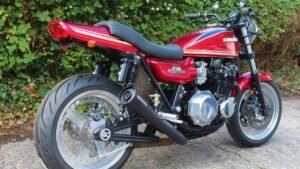
FAQ
What makes the Kawasaki KZ650B special?
The Kawasaki KZ650B, released in 1976, marked the beginning of the KZ650 series. It featured a 652cc air-cooled, inline-four engine known for reliability and smooth performance. Popular among riders for its balanced handling and power, the KZ650B delivered an exciting ride suitable for both city streets and highways. Its classic styling and durable design make it a favorite among vintage motorcycle collectors and enthusiasts today.
What is the Kawasaki 650 KZ known for?
The Kawasaki 650 KZ is celebrated as a versatile and powerful mid-range motorcycle. With its responsive engine and solid build, it provided an excellent mix of performance and comfort. Riders appreciated its ability to handle daily commutes and longer trips with ease. Its reliable engine and manageable size also made it popular with riders who wanted a bike that offered both speed and control without being overly heavy or complex.
Why is the 1978 KZ650 Kawasaki popular?
The 1978 KZ650 Kawasaki is loved for its refined performance and upgraded features. It boasted improved carburetion and enhanced braking, providing smoother rides and better stopping power. Delivering around 62 horsepower, it could reach speeds near 120 mph while maintaining stability and comfort. With its combination of reliability, power, and timeless styling, the 1978 KZ650 remains a sought-after model for collectors and riders seeking a classic but capable vintage bike.
What makes the 1978 Kawasaki KZ 650 stand out?
The 1978 Kawasaki KZ 650 stands out for its balanced design and performance. It featured a responsive engine, a five-speed transmission, and excellent handling that appealed to a wide range of riders. Known for its durability and classic good looks, this model became a reliable choice for enthusiasts seeking a bike that performs well on highways while offering manageable handling in urban environments. It remains a true icon of its era.
What defines the 1977 Kawasaki KZ650C model?
The 1977 Kawasaki KZ650C was a custom variant of the original KZ650B. It offered a unique look with different handlebars, a stepped seat, and slight aesthetic upgrades. Performance-wise, it retained the same dependable 652cc engine and smooth ride that made the KZ650 lineup popular. This model appealed to riders looking for style combined with the reliability and performance of a well-built, versatile middleweight motorcycle from Kawasaki’s golden era.
Conclusion
Maintaining your Kawasaki KZ650 is essential for preserving its performance, safety, and longevity. This classic motorcycle, known for its balance of power and reliability, can deliver an exceptional riding experience when cared for properly. Regular maintenance not only prevents common mechanical issues but also ensures smooth handling, responsive braking, and consistent power delivery on every ride.
Adopting a regular maintenance routine is the key to keeping your KZ650 in top shape. Simple tasks like regular oil changes, proper chain lubrication, timely brake inspections, and seasonal care make a significant difference in the bike’s performance and lifespan. By staying proactive with inspections and addressing minor issues early, you can avoid costly repairs and ensure your motorcycle remains dependable for years to come.
Beyond functionality, maintenance enhances the joy of riding. A well-tuned KZ650 provides smooth acceleration, steady handling, and the confidence to take on highways or winding roads with ease. Whether you’re commuting, touring, or simply enjoying a weekend ride, the reassurance of a well-maintained machine adds to the overall experience.
In the end, owning a Kawasaki KZ650 is about more than just riding—it’s about preserving a piece of motorcycling history. By committing to consistent care and attention, you can enjoy every mile while keeping this legendary bike performing at its peak. With proper maintenance, your KZ650 will continue to deliver the same thrilling performance and reliability that made it a standout in its era.
Read More>>>>>>> How to Maintain Your Kawasaki KZ650 for Peak Performance

